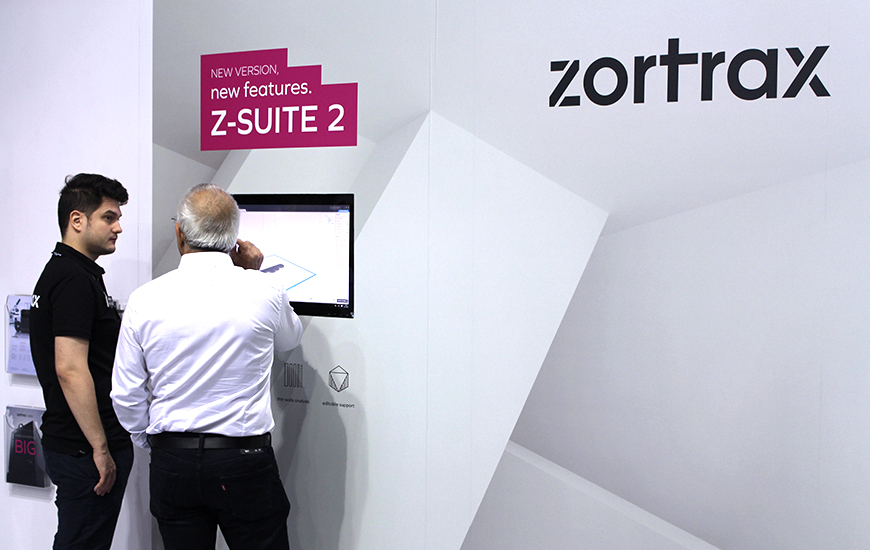How to Select the Appropriate Infill in a 3D Printers
When you prepare a 3D model for printing you need to define certain parameters, such as layer thickness, printing speed, and infill. Your choice regarding infill will be reflected in the quality and durability of your 3D model as well as its cost. Therefore, you should choose correctly.
What Is Infill in a 3D Printed Models?
Infill is the way your 3D printed model is created. The 3D printer applies subsequent layers, which may be spread out densely or thinly. Think of a traditional brick and a hollow brick. Bricks of either type can be used to build a wall, but the durability of the wall will depend on your choice.
However, different properties, including different levels of durability, aren’t necessarily a drawback. Just as it is with bricks, different infill methods in 3D printing have different applications and will be appropriate for different situations. For a complete product you will select 100% infill whereas for the first prototype you’ll choose medium or light infill, so as to keep printing cheap and quick.
What Types Of Infill Can You Choose?
In Zortrax 3D printers you select certain settings when you prepare your model for printing. You choose the material, thickness of layers, speed, and finally the infill. You to it all through the Z-SUITE 2 software which comes with the 3D printer and has a user-friendly interface. The software works equally well on Windows and MacOS. In the Print Settings tab you can find the Infill option. The options available are: MAXIMUM, HIGH, MEDIUM, LOW, MESH, SHELL, HONEYCOMB and OCTAGONAL. Every type is useful for a certain kind of 3D printed model.

What’s the Consequence of Your Choice?
The infill and the thickness of layers have a direct influence on the durability of the item as well as the quality and precision of the model. These factors are critical for the end result. However, two other important issues when it comes to 3D printing are costs and speed. If the infill is not as complete, you’ll use less filament and printing will be conducted quicker. With medium infill instead of MAXIMUM, you’ll save a lot of printing material and a lot of time, even up to 50%.
Which Infill to Choose?
There’s no single answer to this question (and the same rule applies to the choice of material or layer thickness). The decision depends on what you need in any particular situation. When starting your adventure with 3D printing you ought to try out a few different infill types to get an overall feel of their quality and 3D printing time. Afterward, everything depends on what you’re printing at the moment. One project may require MAXIMUM infill and for the next one just printing the outer surfaces (SHELL) will be perfectly fine, and for yet another 3D printed model the best option will be ‘medium.’
Individual requirements and needs dictate your choice of infill. For small items it’s definitely better to select MAXIMUM infill, but with larger models medium infill tends to be better to save time and filament. On the other hand, when you need durable and precise print-outs, you’ll have to select MAXIMUM infill and wait a bit longer.
Take note that in Zortrax 3D printers, thanks to the Z-SUITE 2 software, selecting the infill is simple and you’re always provided with an estimate of how long the printing will take. You just make the decision. Zortrax technology gives you a wide range of possibilities.